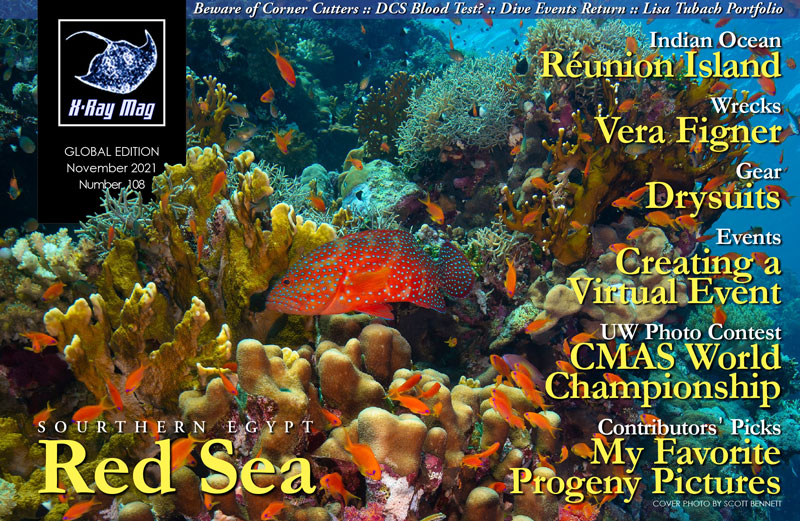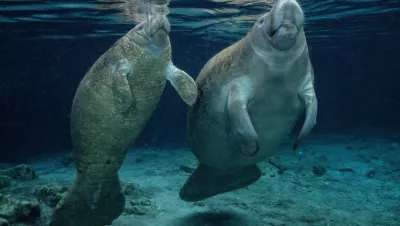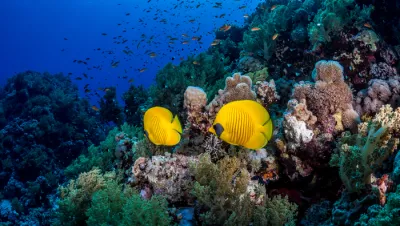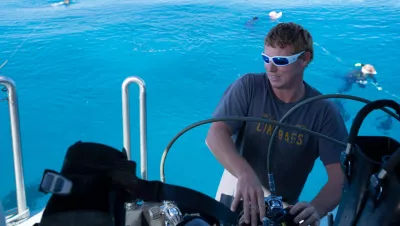Rebreathers are great pieces of kit that do away with the need to carry an excessive amount of dive cylinders on deeper dives. However, this advantage is offset by the need to also carry additional open circuit cylinders on which a diver can bail out in case of a rebreather malfunction. Using another rebreather could be a better solution and to that end, a bailout rebreather course has been developed.
























